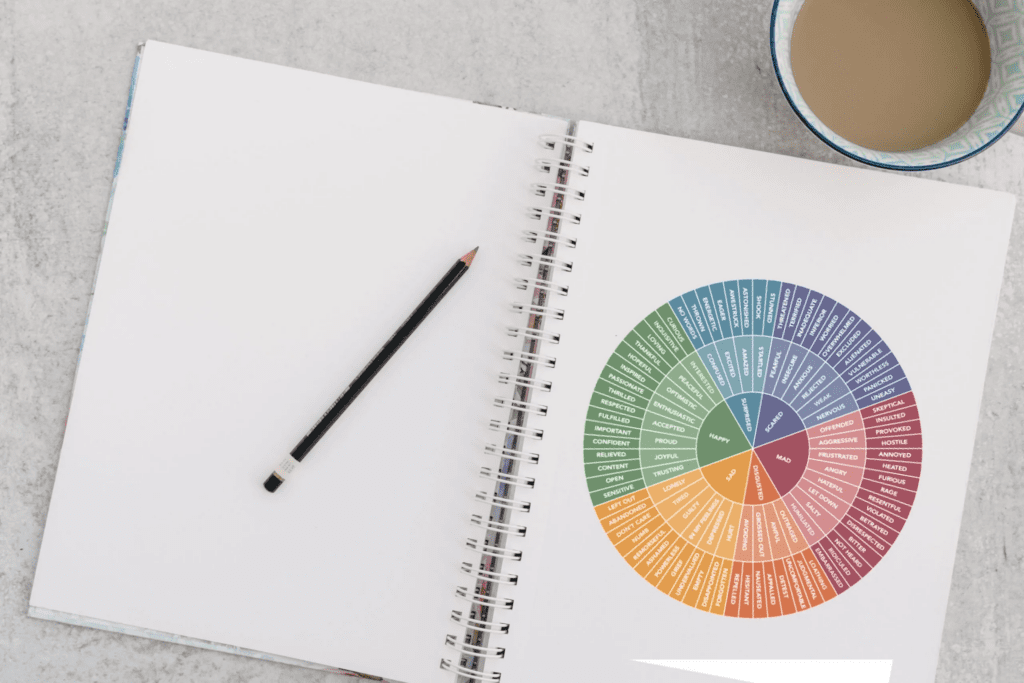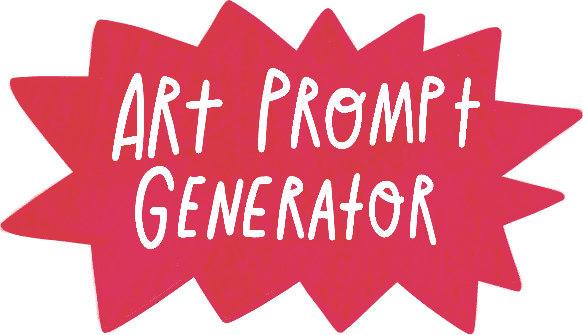
-
Pinterest
Understanding our emotions is essential for our mental and emotional well-being. However, emotions can often be complex and difficult to articulate. This is where the Feelings Wheel, a powerful tool developed by psychologist Dr. Gloria Willcox, comes into play. It helps break down and categorize our emotions, making them easier to identify and understand. Here’s how the Feelings Wheel can be a valuable resource with your emotions toolkit and how you can use it to gain deeper insights into your emotional life.
What is the Feelings Wheel?
The Feelings Wheel is a visual representation of emotions, organized in a circular format. It categorizes emotions into primary, secondary, and tertiary levels, allowing you to explore the nuances of your feelings. The inner circle contains primary emotions like joy, sadness, fear, anger, surprise, and love. These are the most basic and universally recognized emotions. As you move outward from the center, these primary emotions branch into more specific feelings, providing a detailed map of the emotional landscape.
Why Feelings Wheel and Emotions Matters?
Understanding your emotions is crucial for several reasons:
- Emotional Awareness: Recognizing and naming your emotions is the first step towards emotional intelligence. It helps you understand what you’re feeling and why.
- Emotional Regulation: Knowing your emotions enables you to manage them more effectively. This can lead to healthier responses and coping strategies.
- Improved Relationships: Better understanding your emotions can enhance your communication and empathy, leading to stronger, more meaningful relationships.
- Mental Health: Awareness of your emotional state can help you identify patterns and triggers, allowing you to address issues before they escalate into mental health problems.

-
Pinterest
How to Use the Feelings Wheel?
Using the Feelings Wheel can be a transformative practice. Here are some steps to help you get started:
- Identify Your Primary Emotion: Start by identifying the primary emotion you’re experiencing. Look at the innermost circle of the Feelings Wheel and choose the emotion that best describes your current state. For example, you might feel “sad.”
- Explore Secondary Emotions: Once you’ve identified your primary emotion, move outward to the next circle to explore secondary emotions. If you’ve chosen “sad,” you might find more specific feelings like “lonely” or “depressed.”
- Delve into Tertiary Emotions: Continue outward to the tertiary emotions to pinpoint your feelings even more accurately. For example, if you’re feeling “lonely,” the tertiary emotions might include “abandoned” or “isolated.”
- Reflect on Your Emotions: Take a moment to reflect on the specific emotions you’ve identified. Consider what might be causing these feelings and how they are affecting your thoughts and behaviors.
- Express Your Emotions: Use the insights gained from the Feelings Wheel to articulate your emotions. This can be done through journaling, talking to a trusted friend, or discussing with a therapist.
Benefits of Using the Feelings Wheel
The Feelings Wheel offers numerous benefits that can significantly enhance your emotional well-being:
- Enhanced Emotional Vocabulary: By regularly using the Feelings Wheel, you expand your emotional vocabulary. This allows you to describe your feelings more precisely, leading to better communication and understanding.
- Greater Emotional Clarity: Breaking down complex emotions into more specific feelings provides clarity. It helps you understand the root causes of your emotions and how different feelings are interconnected.
- Improved Emotional Regulation: With a clearer understanding of your emotions, you can develop more effective strategies for managing them. This can lead to healthier coping mechanisms and reduced emotional reactivity.
- Deeper Self-Awareness: The Feelings Wheel encourages introspection and self-awareness. It helps you recognize patterns in your emotional responses and understand the underlying factors influencing your feelings.
- Enhanced Empathy: As you become more attuned to your own emotions, you also develop greater empathy for others. Understanding your feelings helps you relate to the emotions of those around you, fostering deeper connections and compassion.

-
Pinterest
Practical Applications
The Feelings Wheel can be used in various practical ways to improve your emotional well-being:
- Daily Check-Ins: Incorporate the Feelings Wheel into your daily routine by doing a quick emotional check-in each morning or evening. This helps you stay in touch with your emotions and monitor any changes over time.
- Conflict Resolution: Use the Feelings Wheel during conflicts to identify and express your emotions clearly. This can facilitate more productive conversations and lead to better resolutions.
- Therapeutic Settings: Therapists often use the Feelings Wheel to help clients articulate their emotions. It can be a valuable tool in therapy sessions for exploring and understanding emotional experiences.
- Parenting: Parents can use the Feelings Wheel to teach children about emotions. It provides a visual aid that makes it easier for kids to identify and discuss their feelings.
- Workplace Communication: Encourage the use of the Feelings Wheel in professional settings to improve emotional communication among team members. This can enhance workplace relationships and foster a more supportive environment.
More Related Posts:
- Free Feelings Wheel Coloring page and Printable (For Kids and Adults)
- Transforming Feelings into Art: The Benefits of Drawing Your Emotions
- Nature’s Healing: How the Great Outdoors Can Manage Depression
- Validating Your Value: 8 Important Reminders When You Question Your Significance
Explore Your Inner World with the Feelings Wheel!
The Feelings Wheel is a powerful tool for better understanding and managing your emotions. By breaking down complex feelings into specific emotions, it provides clarity and insight into your emotional experiences. Regular use of the Feelings Wheel can enhance your emotional vocabulary, improve emotional regulation, and foster deeper self-awareness and empathy. Whether you’re using it for personal reflection, conflict resolution, or therapeutic purposes, the Feelings Wheel can be a transformative addition to your emotional toolkit.
Embrace this tool to navigate your emotional landscape with greater understanding and compassion. As you become more attuned to your feelings, you’ll find it easier to communicate, connect, and cope with the challenges of life. Remember, every emotion you experience is valid and important, and the Feelings Wheel can help you honor and understand them more fully.

